Home>Furniture>Outdoor Furniture>How To Remove Pollen From Patio Furniture
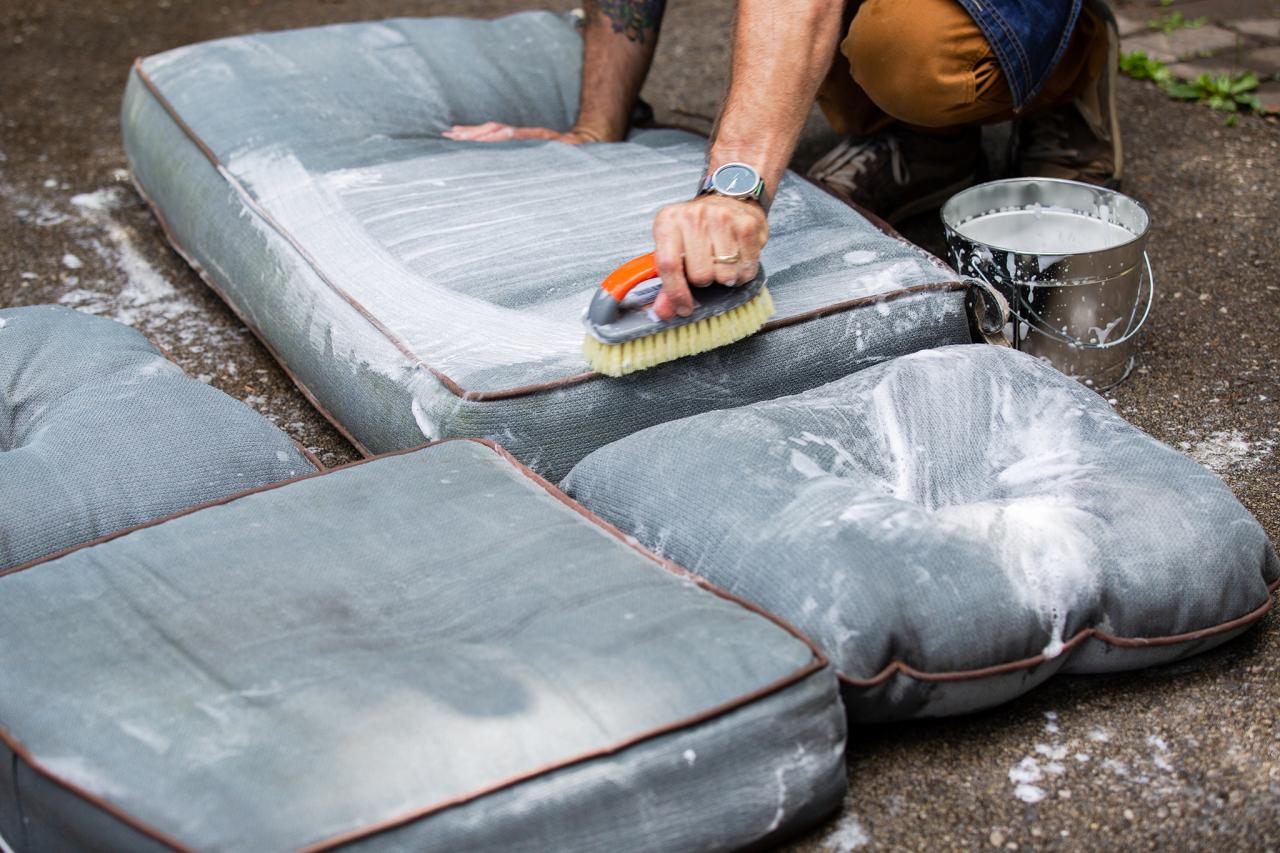

Outdoor Furniture
How To Remove Pollen From Patio Furniture
Modified: March 7, 2024
Learn effective ways to remove pollen from your outdoor furniture and keep it clean and pollen-free. Say goodbye to unwanted allergies and enjoy your patio to the fullest.
(Many of the links in this article redirect to a specific reviewed product. Your purchase of these products through affiliate links helps to generate commission for Storables.com, at no extra cost. Learn more)
Introduction
Welcome to our guide on how to remove pollen from patio furniture. As spring arrives, so does pollen season, and if you have outdoor furniture, you may find it covered in a layer of yellow dust. Pollen not only makes your patio furniture look unsightly but can also trigger allergies and make spending time outdoors uncomfortable. However, with the right techniques, you can easily clean and maintain your patio furniture, keeping it inviting and pollen-free.
Understanding how pollen affects your patio furniture is the first step in tackling this issue. Pollen is the fine powdery substance produced by plants for the purpose of fertilization. It is lightweight and easily airborne, making it challenging to avoid. When pollen settles on your patio furniture, it can create a thick layer that clings to the surfaces, particularly on fabrics and crevices.
To effectively remove pollen from your patio furniture, you need to be prepared with the right tools and techniques. Proper preparation is crucial to ensure a thorough clean without causing any damage. Before beginning the cleaning process, take a moment to assess the condition of your outdoor furniture. Check for any loose screws, damaged frames, or worn-out cushions that may require repair or replacement.
Once your patio furniture is ready for cleaning, there are several methods you can use to remove pollen effectively. The choice of technique depends on the type of furniture and the level of pollen accumulation. In the following sections, we will explore different ways to address the pollen problem, ranging from gentle wiping to more powerful methods such as using a pressure washer.
No matter which method you choose, it is important to take precautions and follow the manufacturer’s recommendations. Some fabrics and materials may be sensitive to certain cleaning techniques, so always test on a small and inconspicuous area before applying it to the entire surface.
Now let’s dive into the various methods you can use to remove pollen from your patio furniture. By following these steps, you can maintain a clean and pollen-free outdoor space, allowing you to fully enjoy your time outside during allergy season.
Key Takeaways:
- Regularly cleaning and maintaining your patio furniture using gentle methods like a damp cloth or vacuuming can effectively remove pollen, keeping your outdoor space inviting and comfortable during allergy season.
- Taking precautions, such as testing cleaning products and avoiding abrasive materials, can help prevent damage to delicate furniture surfaces while removing pollen. Consider using protective covers and seeking professional cleaning for deep cleaning needs.
Read more: How To Remove Pollen From Outdoor Furniture
Understanding Pollen
Before we jump into the techniques for removing pollen from patio furniture, let’s take a moment to understand what pollen is and how it affects our outdoor spaces. Pollen is a fine powdery substance produced by flowering plants as part of their reproductive process. It is usually yellow or green and is carried from one plant to another by the wind, insects, or birds.
The primary function of pollen is to fertilize the female reproductive organs of plants, allowing them to produce seeds and reproduce. However, for allergy sufferers, pollen can be a major nuisance. When pollen grains are released into the air, they can easily enter our respiratory systems, triggering allergic reactions and causing discomfort.
During springtime, many plants release large amounts of pollen, leading to a phenomenon known as “pollen season.” This is when you may notice a yellowish powder coating various outdoor surfaces, including your patio furniture. Patio furniture, being exposed to the elements, can become a magnet for pollen and accumulate a significant amount over time.
The type of pollen that affects your patio furniture can vary depending on the surrounding flora. Common culprits include tree pollen, grass pollen, and weed pollen. Additionally, certain plants produce more pollen than others, intensifying the issue. Examples of high-pollen plants include oak trees, maple trees, and grasses like Bermuda grass and Timothy grass.
It’s important to note that pollen can cause more than just allergies. For those with asthma, pollen can trigger respiratory symptoms and exacerbate their condition. Therefore, it is crucial to keep your outdoor living space as pollen-free as possible, especially during peak allergy season.
By understanding the nature of pollen and its effects, you can take the necessary steps to maintain a clean and comfortable patio area. With the right cleaning techniques and regular maintenance, you can remove pollen from your patio furniture and create a more enjoyable outdoor environment for yourself and your loved ones.
Preparing Your Patio Furniture
Before you begin the process of removing pollen from your patio furniture, it’s essential to prepare it properly. Proper preparation ensures that you can clean the furniture effectively without causing any damage. Follow these steps to get your patio furniture ready for cleaning:
- Remove loose debris: Start by removing any loose leaves, twigs, or other debris from the furniture. Use a broom or a soft brush to sweep away these larger particles. This step will make the cleaning process more efficient.
- Dust off surfaces: Use a dry microfiber cloth or a feather duster to gently dust off the furniture surfaces. This will help remove any loose pollen before you begin the deeper cleaning process.
- Read the manufacturer’s instructions: It’s important to familiarize yourself with the manufacturer’s instructions for cleaning your specific type of patio furniture. This will ensure that you don’t use any cleaning products or techniques that could cause damage.
- Check for any damage: Before proceeding, inspect your patio furniture for any signs of damage. Look for loose screws, cracks, or frayed fabric. If you notice any issues, address them before cleaning to prevent further damage.
By following these steps, you will have your patio furniture prepared and ready for the next stage of removing pollen. Taking the time to prepare your furniture will help ensure a successful and safe cleaning process.
Using a Damp Cloth to Wipe Off Pollen
One of the simplest and most effective methods for removing pollen from your patio furniture is to use a damp cloth. This method is suitable for most types of furniture, including metal, plastic, and wood. Here’s how you can use a damp cloth to wipe off pollen:
- Gather your supplies: Start by gathering the necessary supplies. You will need a bucket of warm water, a soft cloth or sponge, and mild soap or dish detergent.
- Dampen the cloth: Dip the cloth or sponge into the bucket of warm water. Wring out any excess water, so the cloth is damp but not soaking wet.
- Spot test: Before wiping the entire furniture surface, perform a spot test on a small and inconspicuous area. Apply a small amount of mild soap or dish detergent to the damp cloth and gently rub the spot. Check for any adverse reactions or discoloration. If there are no issues, proceed with the cleaning.
- Wipe the furniture: Starting from the top, use the damp cloth to wipe down the furniture surface. Pay close attention to areas where pollen tends to accumulate, such as crevices, joints, and fabric surfaces.
- Rinse and dry: After wiping off the pollen, rinse the cloth in clean water, and wring out any excess moisture. Use the damp cloth to rinse off any soap residue from the furniture. Finally, dry the furniture thoroughly with a clean, dry cloth.
- Repeat if necessary: If there are still traces of pollen, repeat the process until the furniture is free from pollen. Be gentle when wiping delicate surfaces to avoid causing any damage.
Using a damp cloth is a gentle yet effective method for removing pollen from your patio furniture. Regularly wiping down your furniture with a damp cloth not only removes pollen but also helps prevent the buildup of dirt and grime.
Remember to check the manufacturer’s recommendations and follow any specific cleaning instructions for your furniture. Some materials may require special care or different cleaning techniques. By taking precautions and using a damp cloth correctly, you can keep your patio furniture clean and pollen-free.
Using a Vacuum Cleaner with Brush Attachment
If your patio furniture has fabric surfaces or hard-to-reach areas, using a vacuum cleaner with a brush attachment can be an effective way to remove pollen. This method is particularly useful for furniture with cushions, upholstery, or intricate designs. Follow these steps to use a vacuum cleaner with a brush attachment to tackle pollen:
- Prepare your vacuum cleaner: Ensure that your vacuum cleaner is equipped with a brush attachment suitable for upholstery and delicate surfaces. If necessary, attach the brush to the vacuum cleaner hose or extension wand.
- Adjust the suction: Before you begin, adjust the suction power of the vacuum cleaner to a gentle setting. High suction power can damage or pull apart delicate fabrics.
- Start with the cushions: Remove the cushions from your patio furniture and place them on a clean surface. Use the brush attachment to vacuum both sides of the cushions, paying close attention to the seams and crevices where pollen tends to accumulate. Don’t forget to vacuum the back and sides of the cushions as well.
- Vacuum the exposed surfaces: With the cushions out of the way, use the brush attachment to vacuum the exposed surfaces of the patio furniture, including the frames, armrests, and legs. Move the brush attachment in gentle, overlapping strokes to ensure thorough cleaning.
- Reach the tight spots: For hard-to-reach areas such as intricate designs or tight corners, use the brush attachment to carefully vacuum the pollen. Pay extra attention to areas where pollen tends to collect, such as joints and crevices.
- Empty the vacuum canister: After vacuuming, check the vacuum cleaner’s canister or bag to see if it needs emptying. Pollen can quickly fill up the canister, so it’s important to empty it to maintain optimal suction power.
- Replace the cushions: Once the furniture surfaces have been vacuumed, clean and pollen-free, place the cushions back on the furniture. Give them a final gentle pat to ensure they are secure and in place.
By using a vacuum cleaner with a brush attachment, you can effectively remove pollen from your patio furniture’s fabric surfaces and hard-to-reach areas. Regular vacuuming, particularly during pollen season, can help keep your furniture clean and free of allergens.
Remember to refer to the manufacturer’s instructions for your specific vacuum cleaner model and follow any recommended cleaning techniques. If you are unsure about using a vacuum cleaner on your patio furniture, consult the furniture manufacturer or a professional for guidance.
Use a handheld vacuum or a lint roller to remove pollen from patio furniture. You can also use a hose to gently spray the furniture, or a damp cloth to wipe it down. Avoid using a brush, as it can spread the pollen.
Read more: How To Get Pollen Off Patio Furniture
Using a Leaf Blower
If you’re dealing with a heavy blanket of pollen on your patio furniture, using a leaf blower can provide a quick and efficient solution. Leaf blowers are particularly effective for clearing large areas and hard-to-reach spaces. Here’s how you can use a leaf blower to remove pollen:
- Gather your equipment: Ensure you have a leaf blower with sufficient power for the job. Look for one with adjustable airspeed and a nozzle attachment for more precise control.
- Put on protective gear: Before operating the leaf blower, protect yourself by wearing safety goggles, a dust mask, and earplugs. This will shield your eyes, nose, and ears from the blowing debris.
- Position the furniture: Move the patio furniture to an open area or away from delicate plants or items that could be damaged by the airflow.
- Start blowing: Turn on the leaf blower and begin blowing the pollen off the furniture. Start with a low airspeed setting and gradually increase if needed. Direct the airflow at a downward angle, moving from top to bottom and from one side to the other.
- Focus on crevices and corners: Pay special attention to the crevices, joints, and hard-to-reach corners of the furniture. Adjust the nozzle attachment to deliver a more concentrated airflow for effective cleaning.
- Collect the pollen: As you blow off the pollen, it may scatter around the area. To avoid redistributing it, consider using a tarp or large sheet to collect the pollen as it falls.
- Dispose of the pollen: Once you have finished blowing the furniture, carefully gather the pollen from the tarp or sheet and dispose of it in a sealed bag or in your outdoor green waste bin.
- Inspect and clean: After removing the majority of the pollen, inspect the furniture for any residual debris. Use a damp cloth or a vacuum cleaner with a brush attachment to clean off any lingering pollen or dirt.
Using a leaf blower can save you time and effort when removing large amounts of pollen from your patio furniture. However, be mindful of the surrounding area and take precautions to prevent the pollen from spreading elsewhere.
Remember to be considerate of your neighbors and those nearby when operating a leaf blower. Try to choose a time when it will cause minimal disturbance and keep the duration of operation as short as possible.
By utilizing a leaf blower, you can effectively remove pollen from your patio furniture and restore its cleanliness in no time.
Using a Hose with Spray Nozzle
If you’re looking for a simple and effective method to remove pollen from your patio furniture, using a hose with a spray nozzle can do the trick. This method is suitable for all types of outdoor furniture, including metal, plastic, and wood. Here’s how you can use a hose with a spray nozzle:
- Gather your supplies: Make sure you have a garden hose with a spray nozzle attachment. Opt for a nozzle that allows you to adjust the water pressure for better control.
- Prepare the furniture: Move your patio furniture to an open area where water runoff won’t cause any issues. If possible, tilt the furniture slightly to allow water to drain more easily.
- Adjust the water pressure: Start with a gentle water pressure setting on the spray nozzle. Avoid using high pressure, as it may damage certain materials, especially delicate fabrics or finishes.
- Spray the furniture: Hold the hose with the spray nozzle and begin spraying the furniture surfaces. Start from the top and work your way down, ensuring that every area is covered.
- Pay attention to crevices and corners: Direct the spray nozzle into the crevices, joints, and corners to remove pollen that may be trapped in those areas. Adjust the water pressure as needed to thoroughly clean these hard-to-reach spots.
- Rinse off the furniture: Continue spraying until all visible pollen has been washed away. Make sure to rinse off both the front and back of cushions, footrests, and any other fabric surfaces on the furniture.
- Allow the furniture to dry: Once you’ve finished rinsing, let the furniture air dry under the sun or use a clean, dry cloth to blot away any excess moisture.
Using a hose with a spray nozzle is an efficient and water-saving method to remove pollen from your patio furniture. However, be cautious not to use excessive force or high water pressure, as it can damage delicate materials or finishes.
If your patio furniture has cushions with removable covers, consider taking them off before spraying. This will allow for easier cleaning and faster drying.
By using a hose with a spray nozzle, you can effectively and thoroughly remove pollen, dirt, and other debris from your patio furniture, leaving it clean and ready to enjoy outdoor gatherings.
Using a Pressure Washer
If you’re dealing with stubborn pollen buildup on your patio furniture or have larger outdoor furniture pieces, using a pressure washer can provide a powerful and efficient solution. While this method is effective, it requires caution to avoid damaging more delicate materials or finishes. Here’s how you can use a pressure washer to remove pollen from your patio furniture:
- Gather your equipment: Ensure you have a pressure washer suitable for outdoor use. Look for a model with adjustable pressure settings and a wide spray pattern nozzle.
- Prepare the furniture: Move your patio furniture to an open area away from delicate plants or items that could be damaged by the high-pressure water. Secure any loose components on the furniture to prevent them from being dislodged during the cleaning process.
- Adjust the pressure settings: Set your pressure washer to a low to medium pressure setting. Start with the lowest setting and gradually increase if necessary. Be careful not to use excessive pressure, as it can damage certain materials or finishes.
- Spray the furniture: Hold the pressure washer wand at a distance from the furniture surface, typically around 1-2 feet. Start from the top and work your way down, ensuring that you cover all areas. Use sweeping motions to evenly distribute the water and remove the pollen buildup.
- Pay attention to fabric surfaces: If your patio furniture has fabric cushions or upholstery, exercise caution when using a pressure washer. Reduce the pressure or use a wider spray pattern to avoid damaging the fabric. Consider spot testing a small area before proceeding to ensure there is no discoloration or damage.
- Clean hard-to-reach areas: Use the pressure washer’s nozzle attachment to reach crevices, joints, and other areas where pollen may be trapped. Adjust the pressure and spray pattern as needed to effectively clean these tight spaces.
- Rinse thoroughly: After removing the pollen, rinse the furniture surfaces thoroughly to ensure no residue remains. Pay close attention to the areas where pollen tends to accumulate the most.
- Allow the furniture to dry: Once you’ve finished rinsing, give the furniture ample time to dry under the sun or use a clean, dry cloth to pat away any excess moisture.
Using a pressure washer is a powerful method for removing stubborn pollen from your patio furniture. However, exercise caution to prevent damage to more delicate materials or fabrics. If you’re unsure about using a pressure washer on your furniture, consult the manufacturer’s recommendations or seek professional advice.
By using a pressure washer correctly, you can effectively remove even the toughest pollen buildup, restoring your patio furniture to its clean and inviting state.
Additional Tips and Precautions
When it comes to removing pollen from your patio furniture, here are some additional tips and precautions to keep in mind:
- Regular maintenance: To prevent excessive pollen buildup, make it a habit to regularly clean your patio furniture. Regular maintenance will help minimize the amount of pollen that accumulates, making the cleaning process easier and more efficient.
- Protective covers: Consider using protective covers for your patio furniture when it’s not in use. Covers provide an extra layer of protection, helping to keep pollen and other debris off your furniture and extending its lifespan.
- Test cleaning products: Before using any cleaning products on your patio furniture, it’s important to test them on a small, inconspicuous area. This ensures that the product won’t cause discoloration or damage to the furniture material.
- Choose mild cleaning solutions: When using cleaning solutions, opt for mild options like dish soap or gentle household cleaners. Harsh chemicals can cause damage to certain furniture materials, so it’s best to avoid them.
- Avoid abrasive materials: When cleaning your patio furniture, steer clear of abrasive materials or scrub brushes that can scratch or damage the surfaces. Stick to soft cloths or sponges that won’t leave any marks.
- Remove cushions and wash: If your patio furniture has removable cushions, take advantage of this and wash them separately. Follow the manufacturer’s instructions for washing and drying to ensure they remain in good condition.
- Consider professional cleaning: If your patio furniture requires deep cleaning or if you’re unsure about the right cleaning method, it may be worth considering professional cleaning services. They have the expertise and equipment to thoroughly clean your furniture without causing damage.
Remember, prevention is key when it comes to pollen buildup on your patio furniture. Regular cleaning and maintenance will help keep your furniture looking great and extend its lifespan.
By following these additional tips and taking precautions, you can effectively remove pollen from your patio furniture while keeping it in excellent condition for years to come.
Read more: How To Remove Lichen From Patio Furniture
Conclusion
Keeping your outdoor furniture clean and free from pollen is essential for both aesthetics and your comfort. With the various methods outlined in this guide, you now have the knowledge to effectively remove pollen from your patio furniture.
Whether you choose to use a damp cloth, vacuum cleaner, leaf blower, hose with a spray nozzle, or even a pressure washer, it’s important to follow the proper techniques and precautions. Consider the type of furniture you have, the amount of pollen buildup, and the manufacturer’s recommendations to determine the best cleaning method for your specific situation.
Regular maintenance and cleaning can help prevent excessive pollen accumulation, making it easier to keep your patio furniture in excellent condition throughout the year. By incorporating these cleaning routines into your outdoor maintenance schedule, you can enjoy a clean, pollen-free outdoor space that is both inviting and comfortable.
Remember to check for any damage before cleaning, use mild cleaning solutions, and always test on a small, inconspicuous area before applying them to the entire furniture surface. Take precautions to avoid damaging more delicate materials, such as fabric cushions or intricate designs.
Lastly, it’s important to protect your patio furniture when not in use. Consider using covers to shield it from pollen, debris, and harsh weather conditions. This will not only help keep your furniture clean but also extend its lifespan.
By following the tips, methods, and precautions outlined in this guide, you can successfully remove pollen from your patio furniture, maintaining its beauty and ensuring a comfortable outdoor space for relaxation and enjoyment.
So, roll up your sleeves, gather your cleaning tools, and get ready to restore the beauty of your patio furniture. A clean and pollen-free outdoor oasis awaits!
Frequently Asked Questions about How To Remove Pollen From Patio Furniture
Was this page helpful?
At Storables.com, we guarantee accurate and reliable information. Our content, validated by Expert Board Contributors, is crafted following stringent Editorial Policies. We're committed to providing you with well-researched, expert-backed insights for all your informational needs.
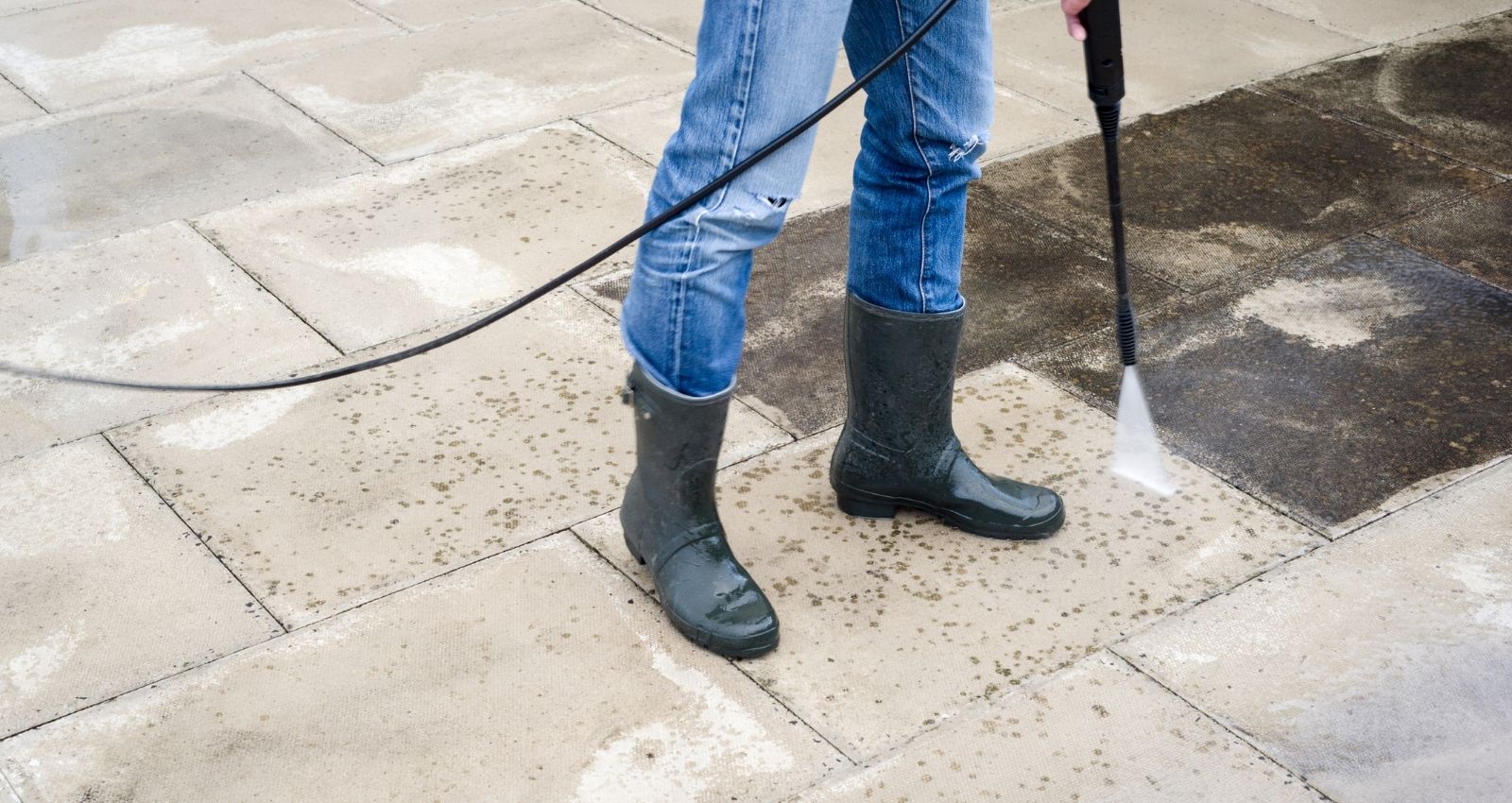
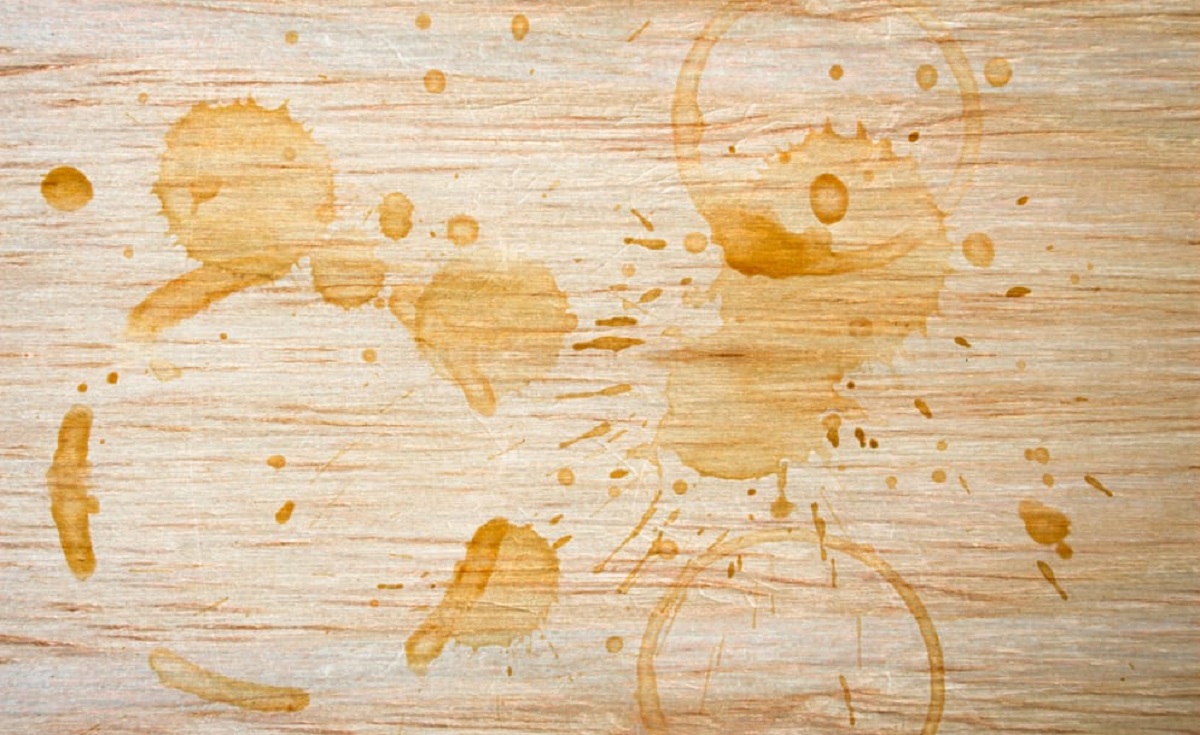
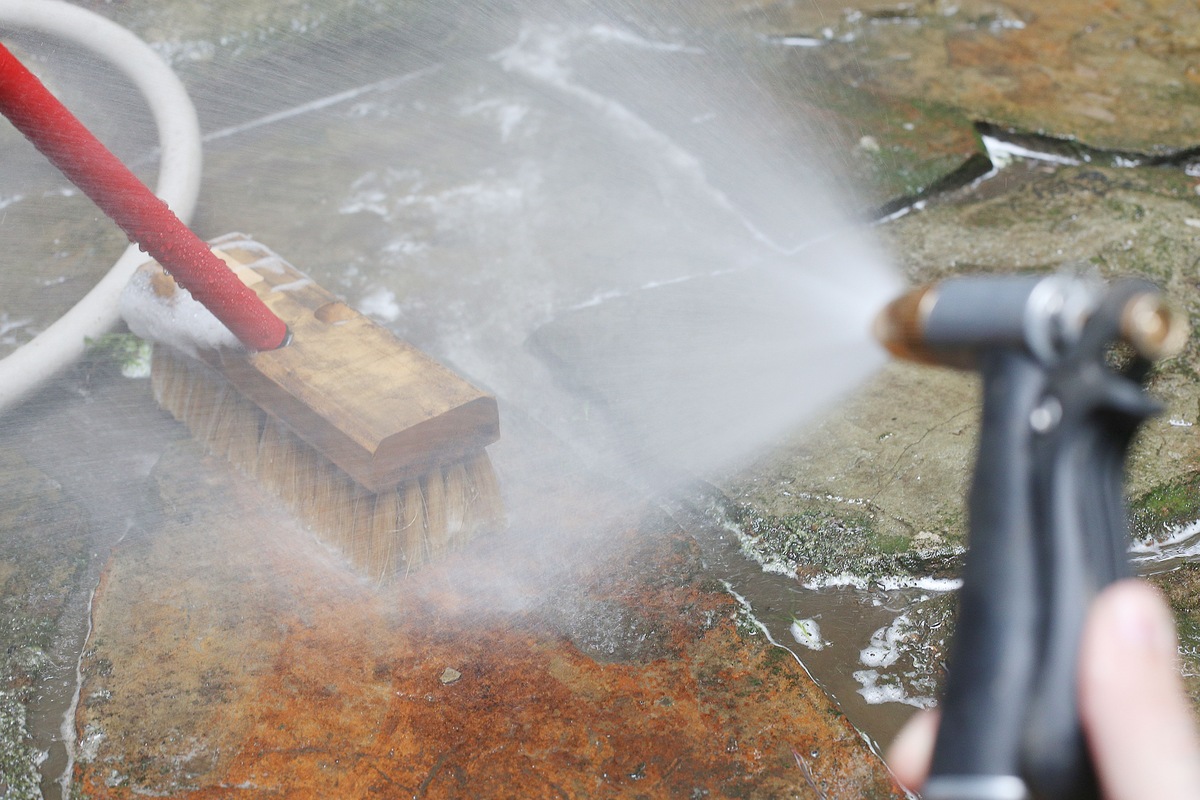
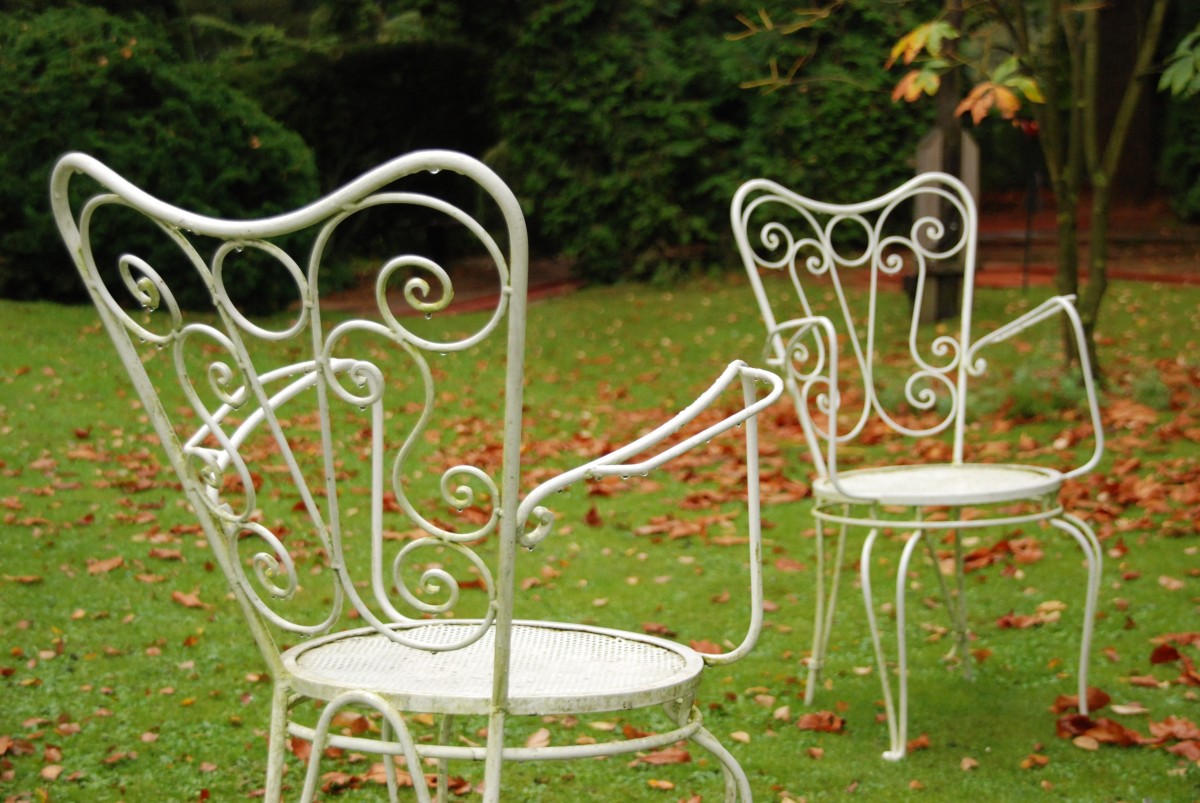
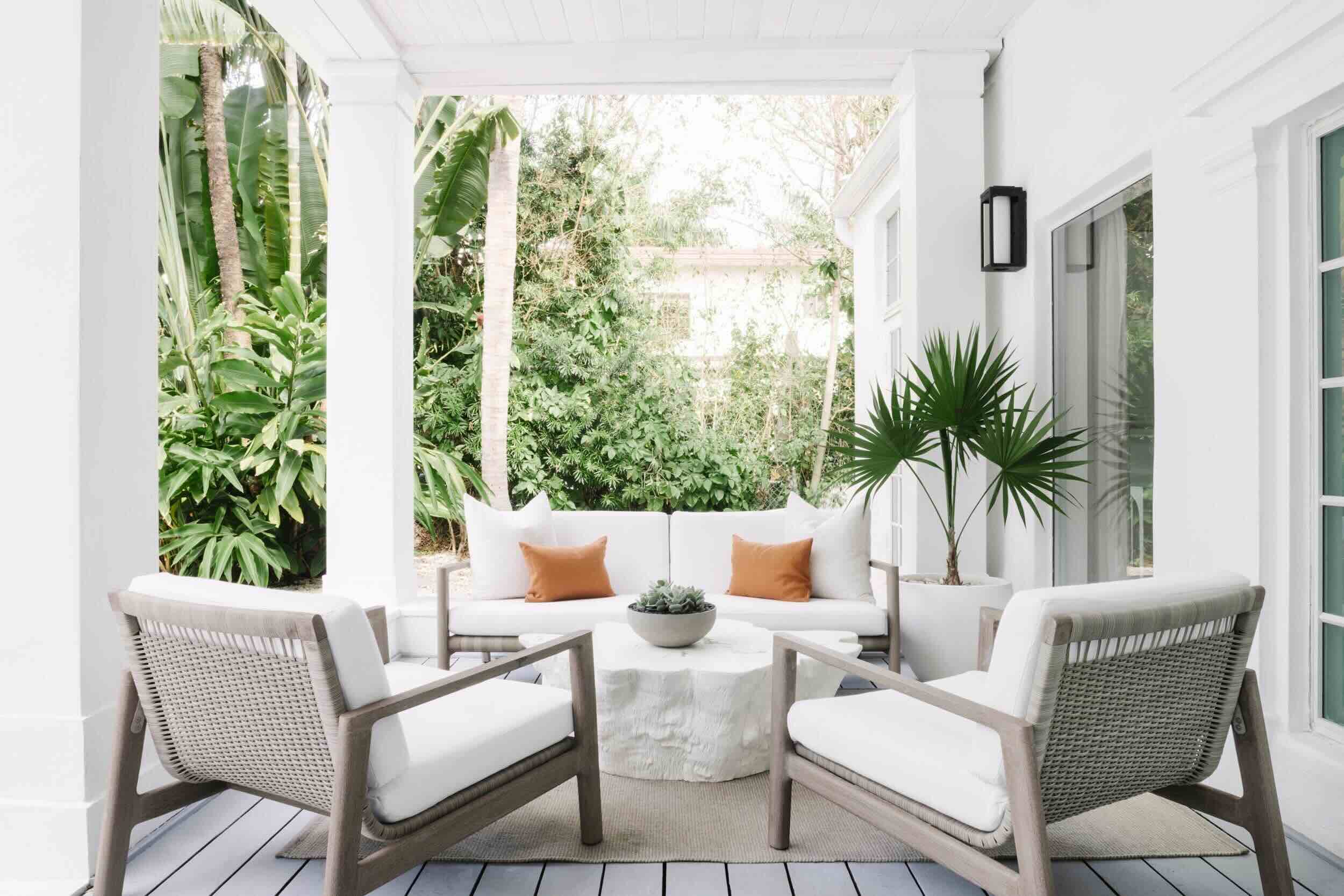
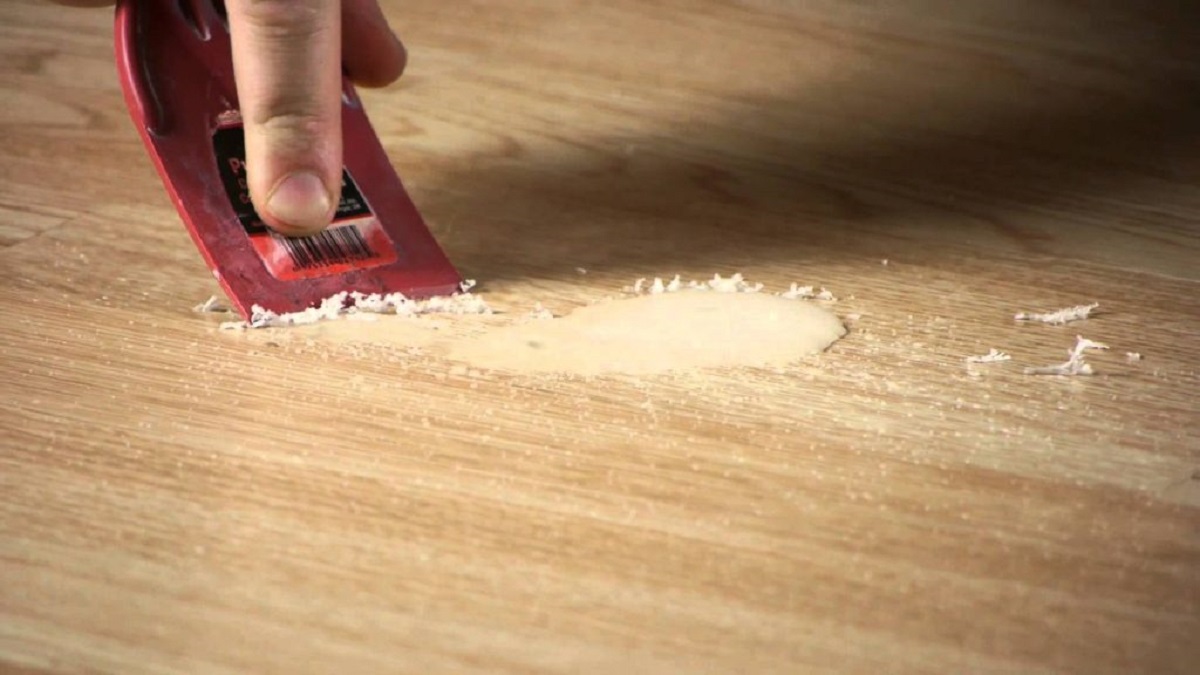
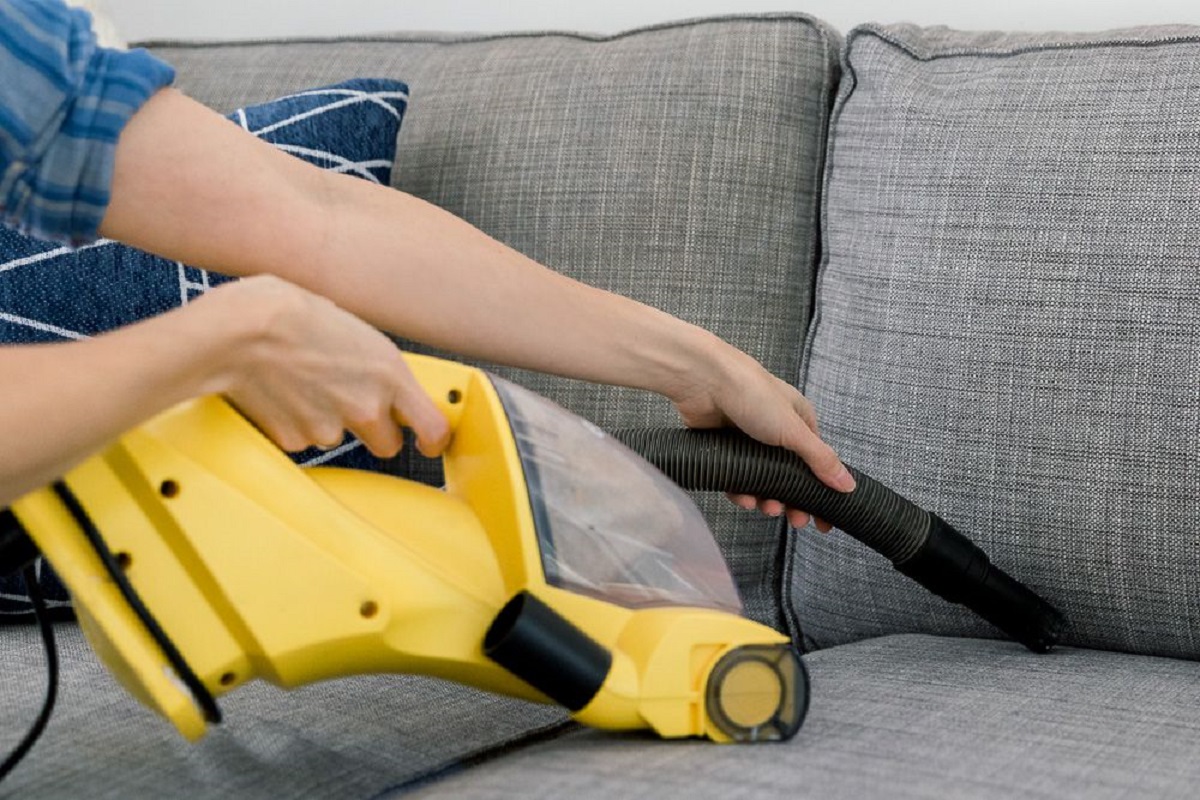
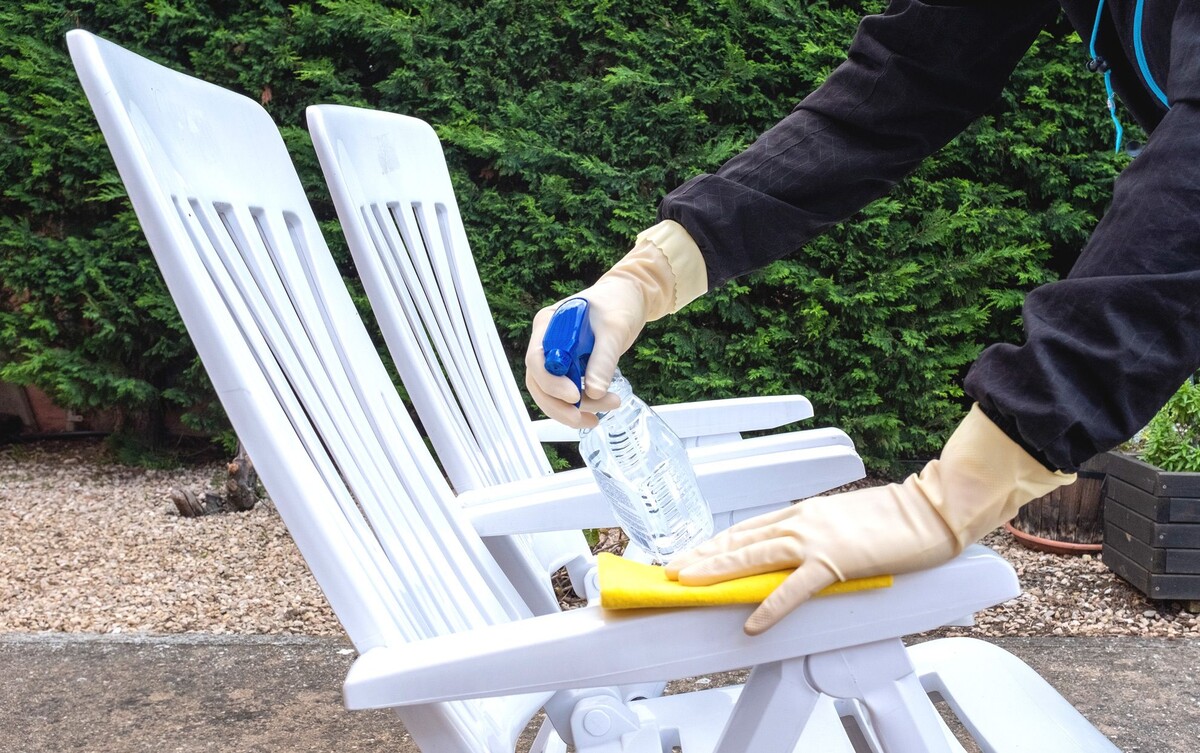
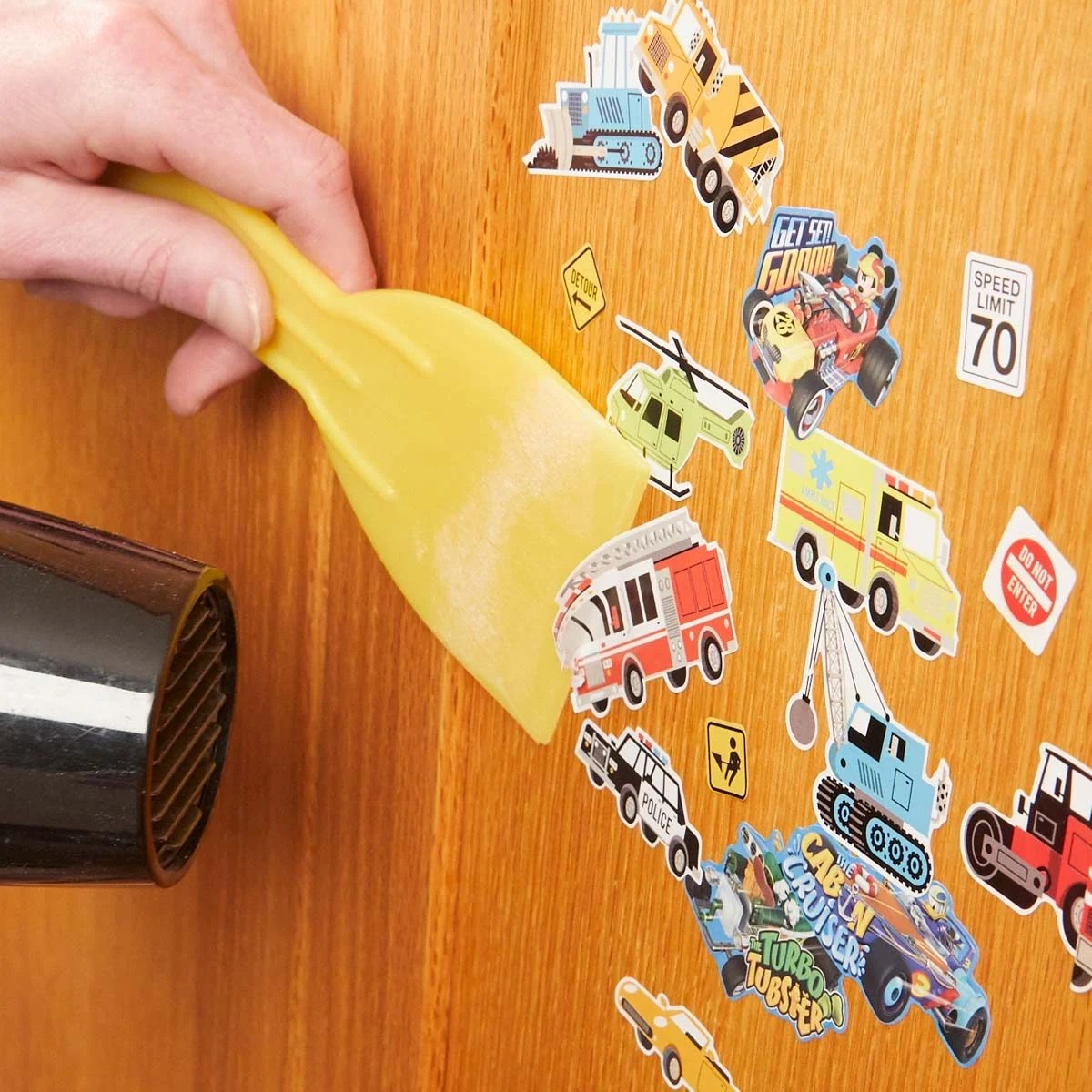
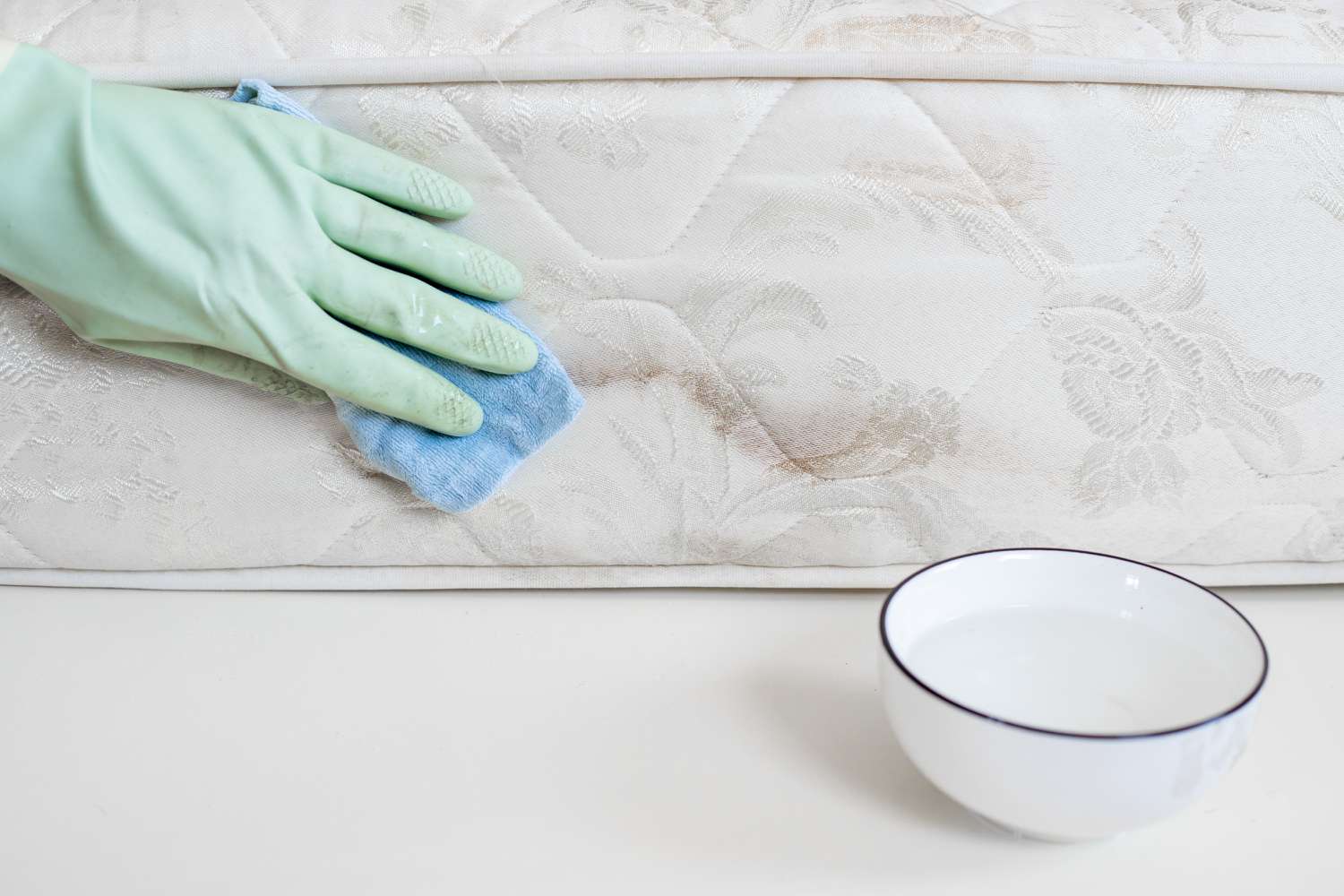
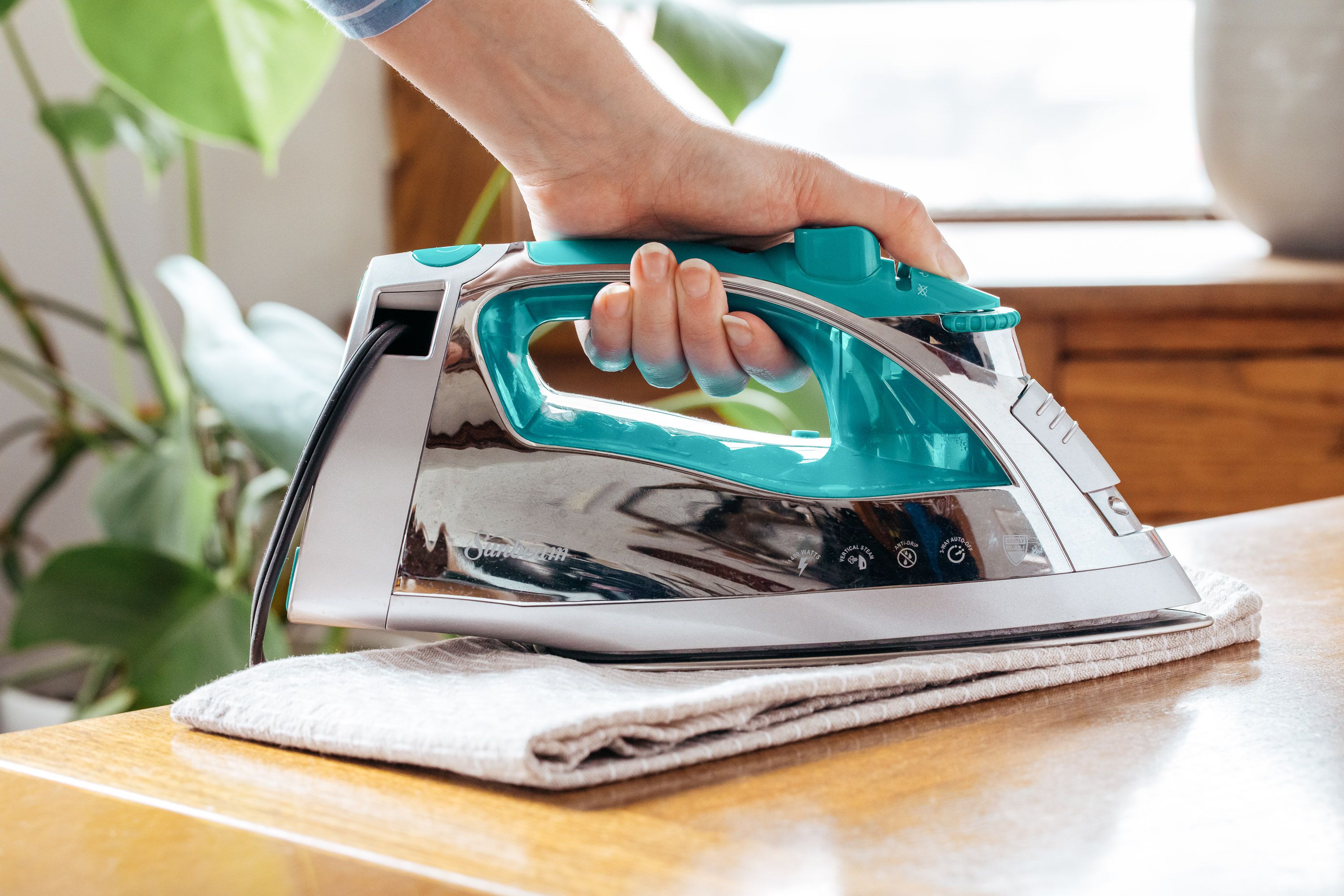
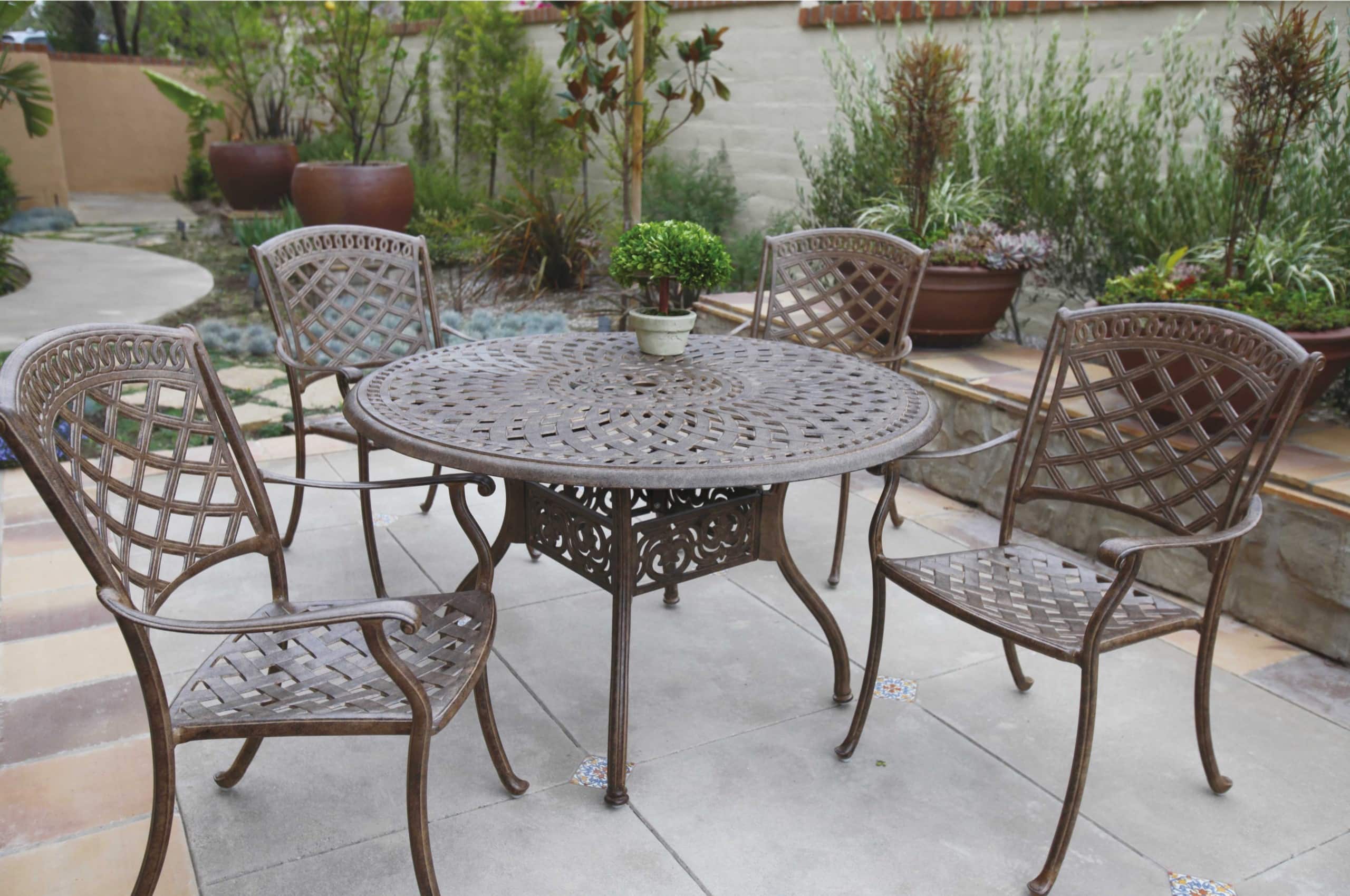
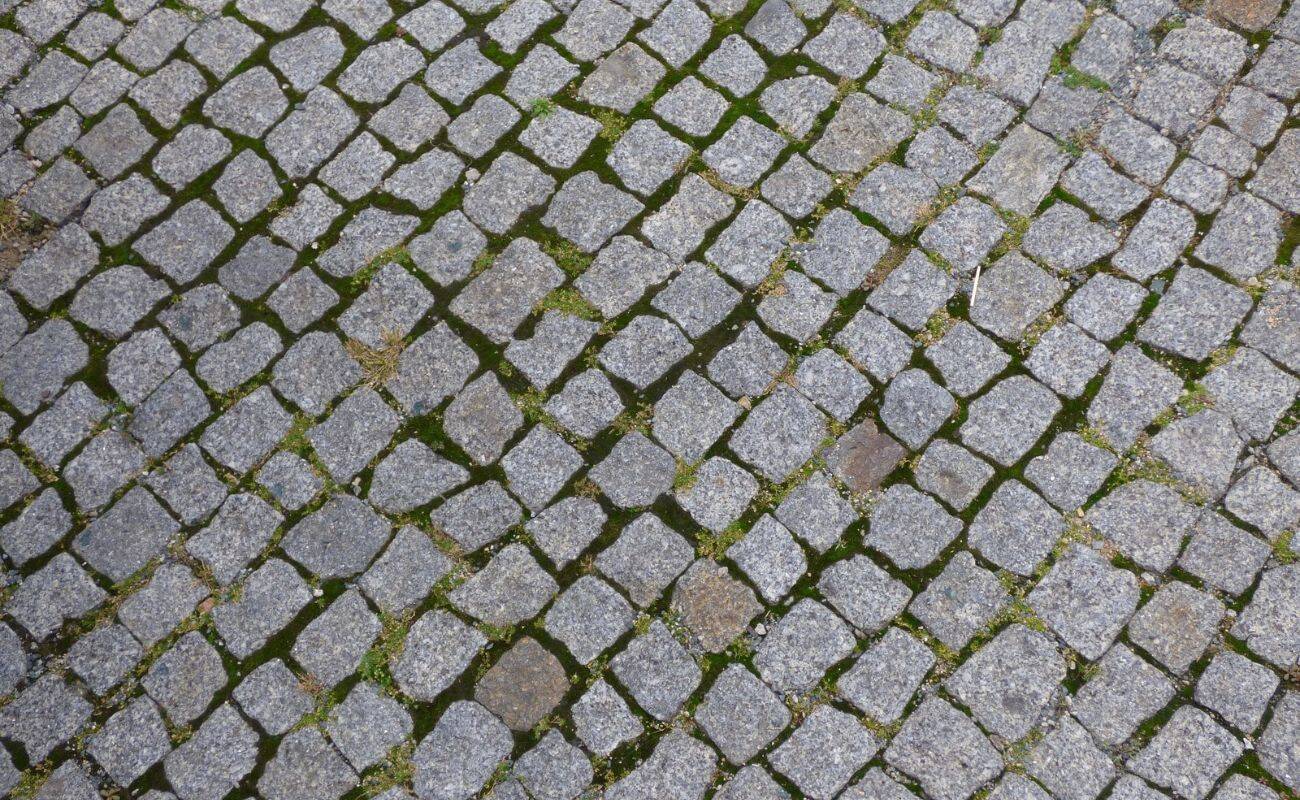

0 thoughts on “How To Remove Pollen From Patio Furniture”